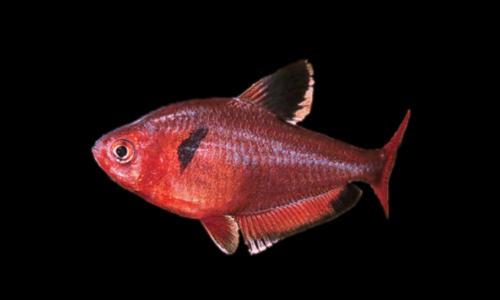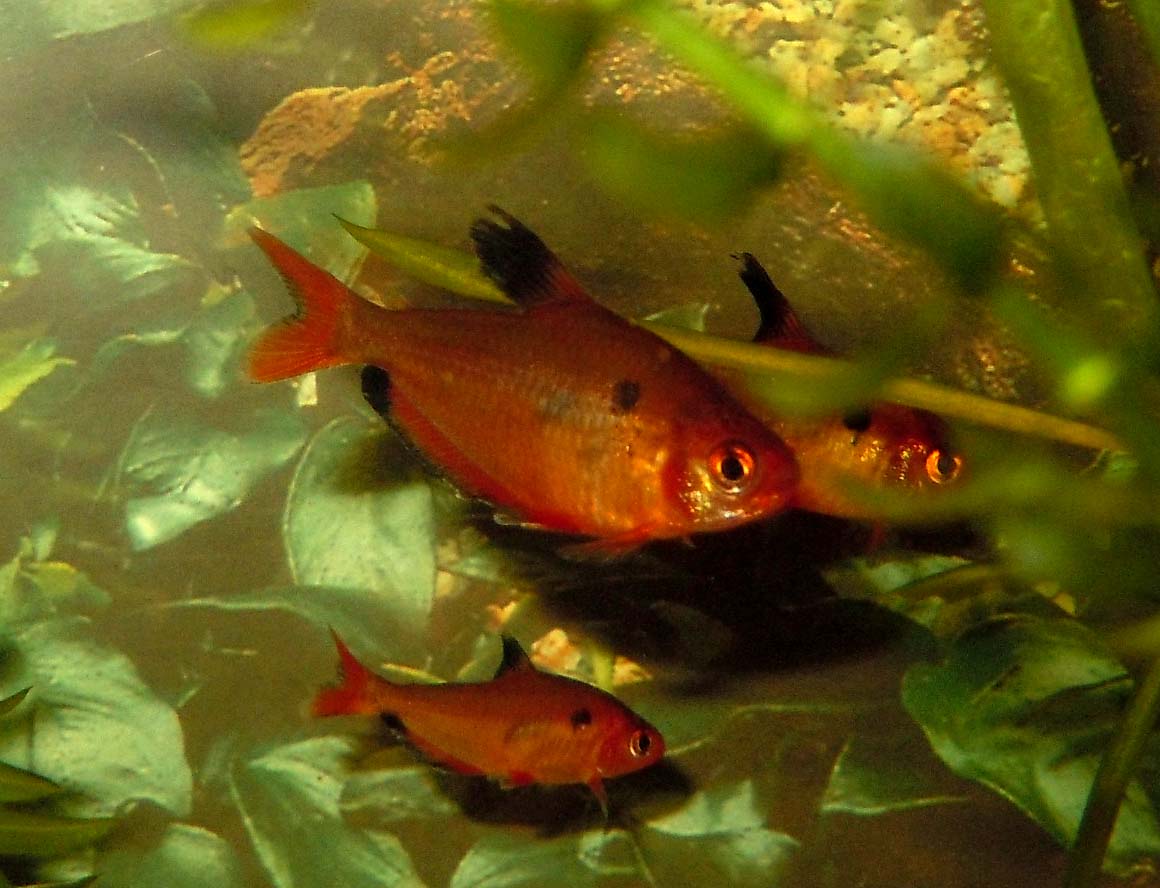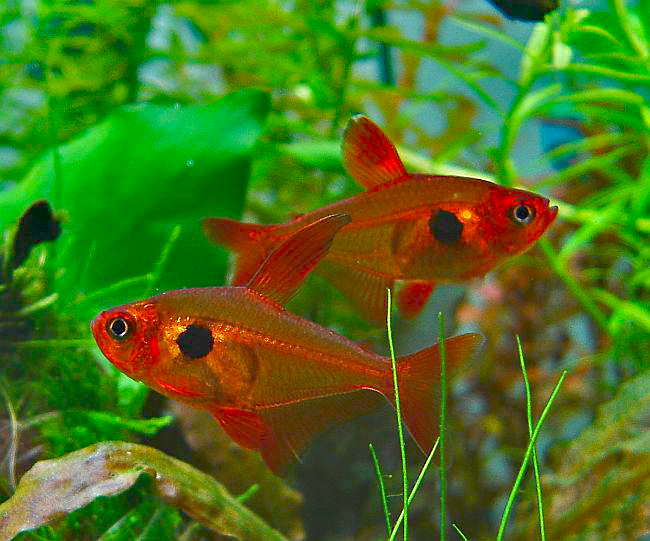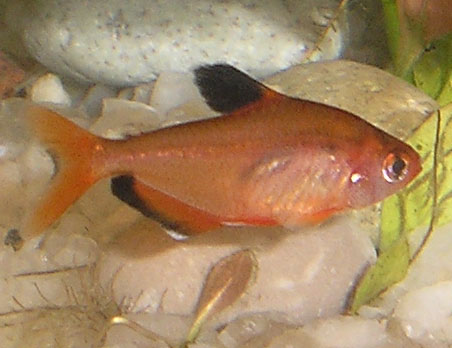At some point, every aquarist has ask the question "how many fish should I put in my aquarium?" Conventional wisdom says "one inch of fish per gallon". Earlier this year
I blogged about two articles that challenged that dogma, one in
Practical Fishkeeping and the other in
Tropical Fish Hobbyist. In each case, they suggested that a well-established tank could support twice that level - two inches of fish per gallon.
While territoriality and aggression can play into the number of fish you can keep in a tank, those are species specific considerations that overly any basic rule of thumb. Far more basic is the issue of oxygen supply. While certain fish depend on gaseous oxygen (the best known being the
anabantoids), most fish depend on dissolved oxygen. Too many fish and too little surface area will lead to problems. The other issue is "bioload" - the production of waste products by the fish. These include nitrogenous compounds and organic waste. Ammonia and nitrites are harmful at relatively low concentrations; they tend to be a problem in new tanks, but can also build up in established tanks if the biofiltration crashes. Chances are though, if the biofilter crashes, even a moderately stocked tank will run into major problems. Nitrates, on the other hand, are only a problem at higher concentrations, but unlike ammonia and nitrites, they are not broken down by most biofilters. Organics are a separate issue - one that doesn't seem to get all that much attention. Some people specifically add organics ("black water extract") to their tanks. Others stress the importance of water changes to control the levels of organics. The simple truth is that there are a whole host of organic compounds, and their effects on fish are going to vary.
Bearing all this in mind, and the fact that "inches per gallon" is a very crude rule of thumb (more on that later), I sat down and assessed stocking in my main tank this morning. It was an interesting exercise - based on the "inch per gallon" rule, my tank is slightly overstocked. Of course, that involves weighing a 3.5-inch kuhli loach as placing a greater demand on the system than a 3-inch
Macropodus (which probably has more than twice the body mass, but almost no dissolved oxygen demand). If I chose to follow the "two inches per gallon" rule, I could almost double the stock of fish in my tank. Right now, that seems reasonable - the upper two thirds of the tanke are currently occupied by three fish; everyone else is near the bottom of the tank (and largely hidden by the plants). Things looked different this morning just after I fed the fish - in the flurry of activity, the tank seemed to have twice as many fish as it does now.
Aside from the obvious issues of filtration and water changes, I think there are two main things to think about when it comes to stocking - the space available, and the overall ecology of the tank. The main tank tends to have higher nitrate levels than either of the small tanks. This is largely a function of the amount of plant biomass - the other tanks are choked with plants, which presumably consume any available nitrogen. The main tank, on the other hand, has far less plant biomass (
though this may change). Increasing the plant biomass probably increases the overall number of fish the tank can support. The other issue is one of space.
Where in the water column does a fish live? Recommendations for cory stocking seem to be expressed in terms of tank surface area - or actually, the area of the base of the tank. (Is this modified by having a more heterogeneous tank bottom?) In my main tank, the open water is only used by the
Macropodus. The corys spend their time on the bottom of the tank, with occasional forays up and down the plants. The Glowlight tetras tend to swim among the plants, while the Rummynose like the open water in front of the plants - they rarely venture above the level of the taller plants. (I suspect that as the plants get taller, they will expand their usage). So in terms of fish to add, the obvious choice would be an open-water species (zebra danios are what come to mind) or a surface species (guppies or some other small live bearer?) That is, of course,
if I decided to trust the two-inches-per-gallon rule of thumb...




















.jpg)


